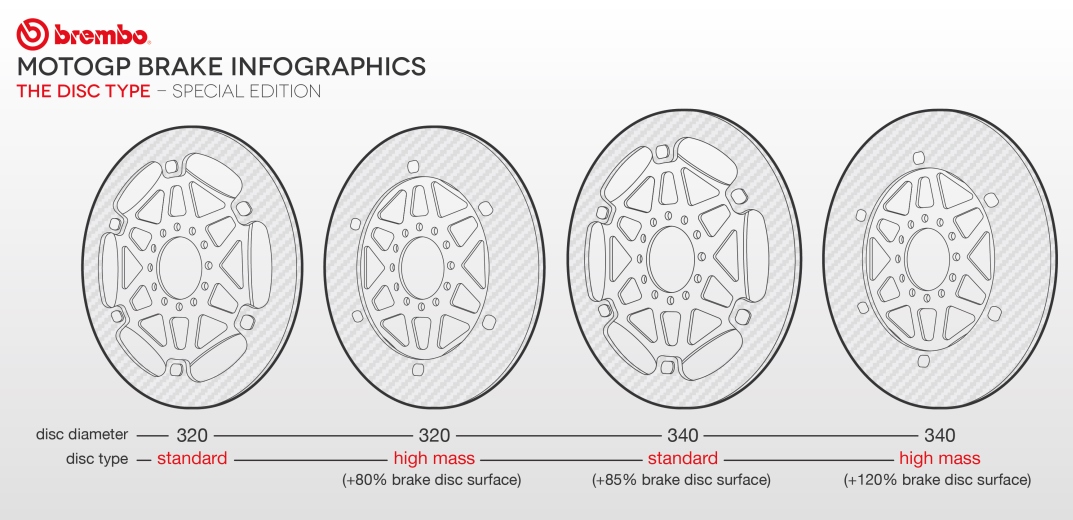From 6 to 8 May, the Bugatti Circuit (France) will host the 5th event in the 2016 MotoGP World Championship. Built in 1965 around the track used for the 24 Hours of Le Mans, this circuit held its first World Motorcycle Race in 1969.
For years the location of the Championship alternated among the Bugatti, Paul Ricard and Nogaro tracks, but after improving safety conditions, Bugatti has continuously held the event since 2000. The Bugatti circuit is 4.2 km long, boasts 14 curves (9 to the right and 5 to the left) and comprises a main straightaway that measures 674 metres.
Le Mans is a track that has a medium impact on the brakes. In spite of the fact that about 30% of the lap time is spent braking on this French circuit, the riders are able to effortlessly cool down the Brembo carbon brake discs thanks to the long straightaways. To prevent the discs from cooling excessively, which could jeopardise the effectiveness of the brakes, larger diameter Brembo discs (340 mm) with a low band may be the most suitable solution for this track's specifications.
Indeed, this solution could guarantee the proper functioning range in terms of operating temperature and braking torque. According to Brembo technicians, the Bugatti Circuit falls into the category of tracks that have a medium impact on the brakes. On a scale of 1 to 5 it earned a 3 on the difficulty index, the same result that the tracks at Losail, Austin and Termas de Rio Hondo scored.

